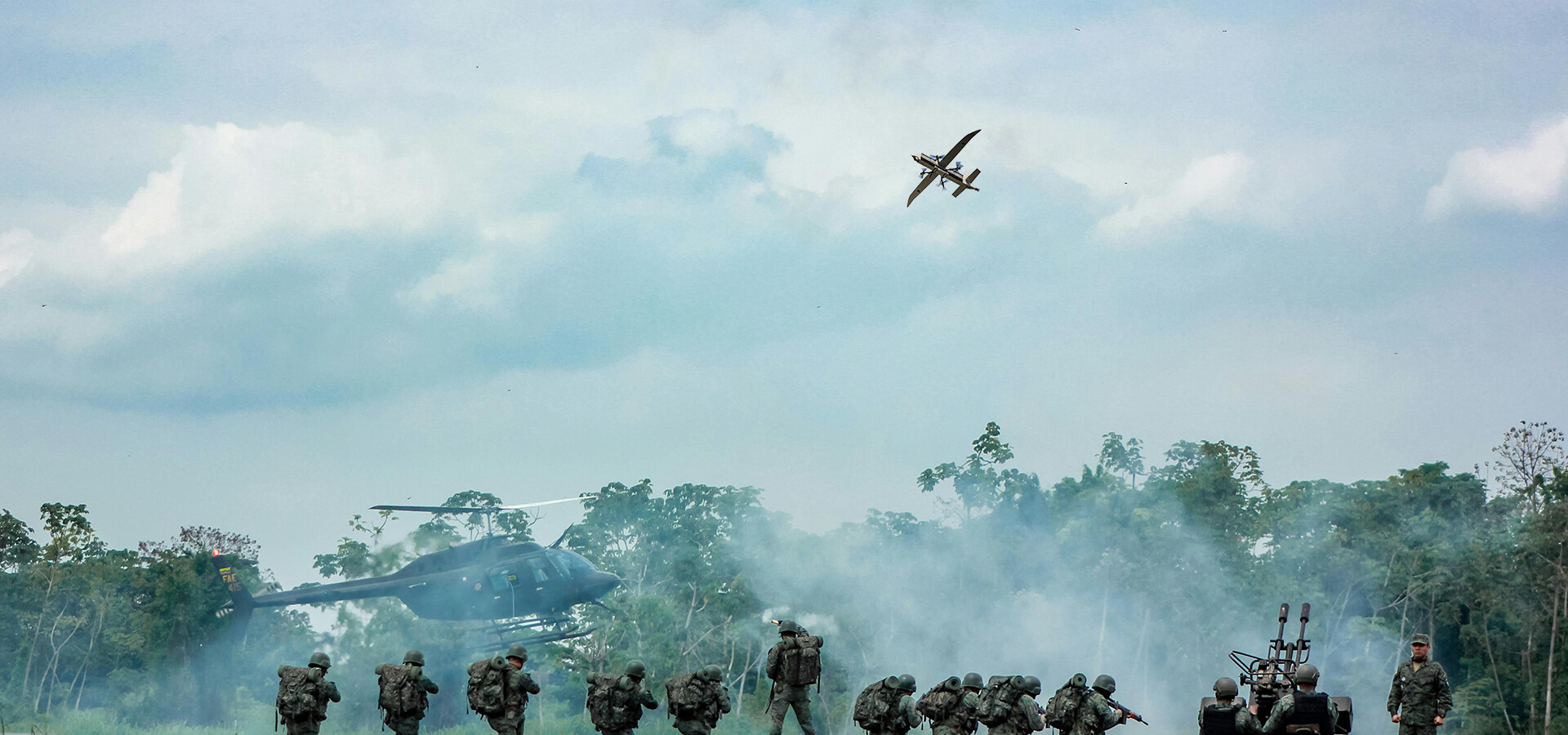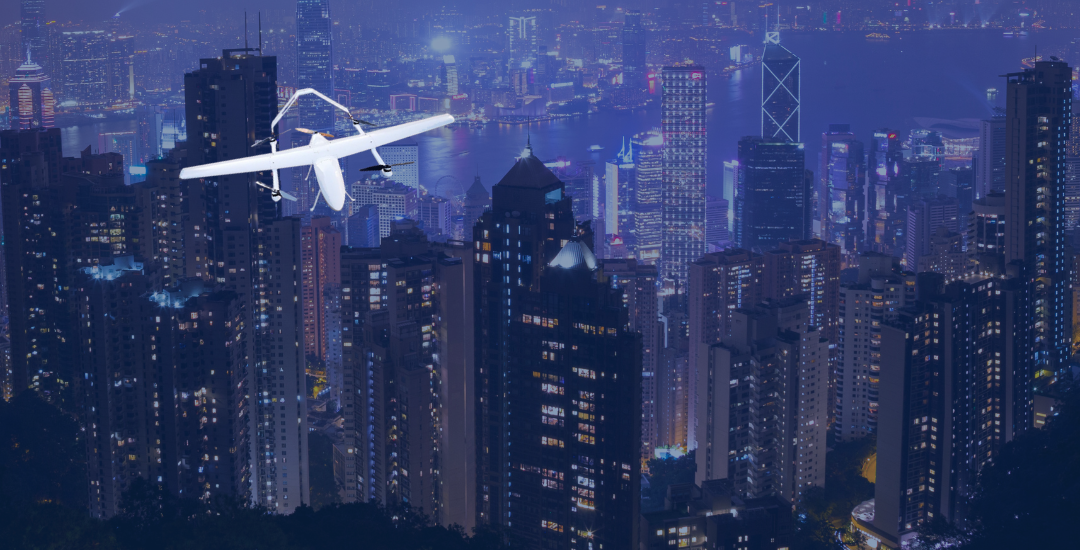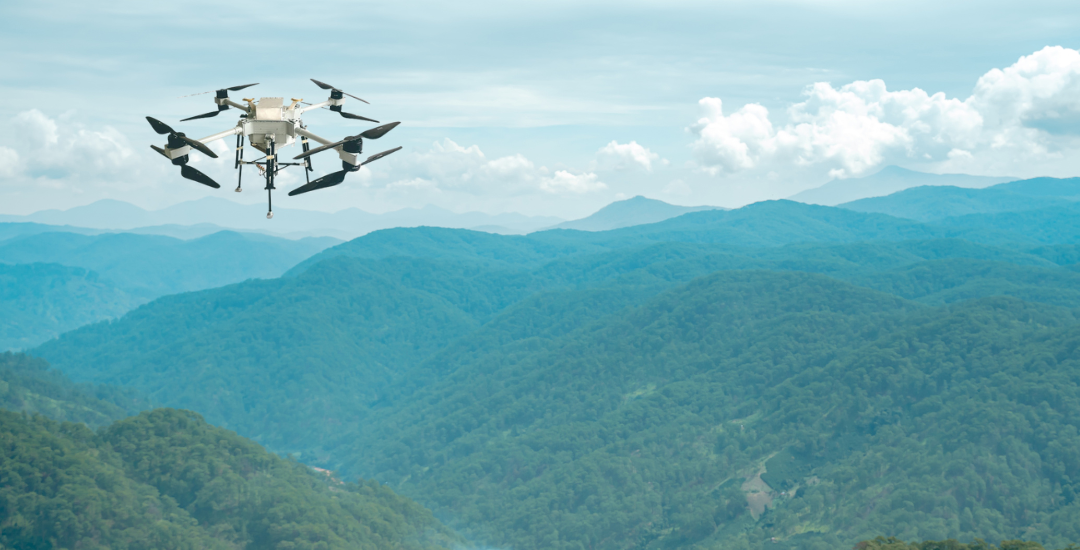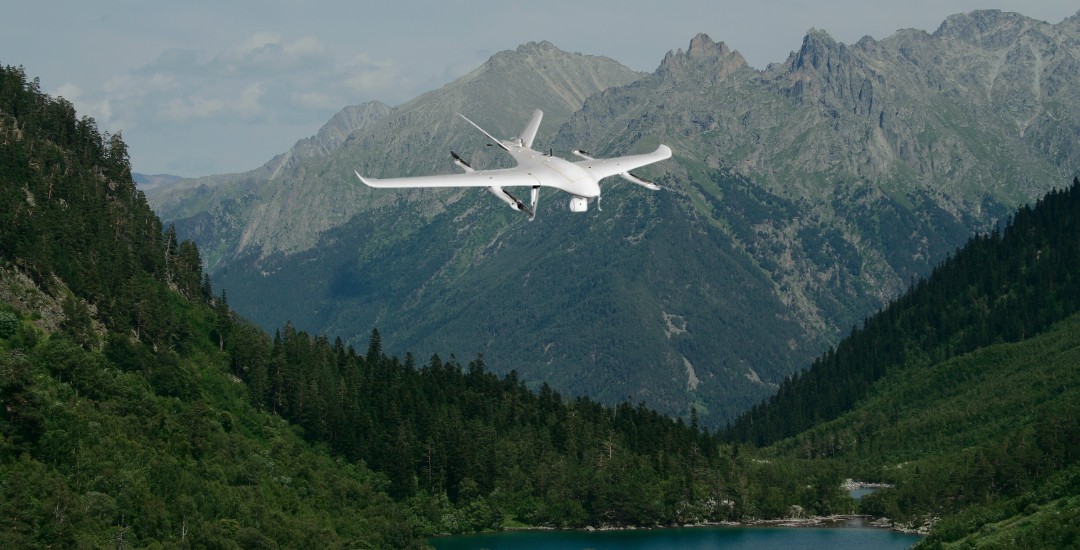NEWS
Home > News
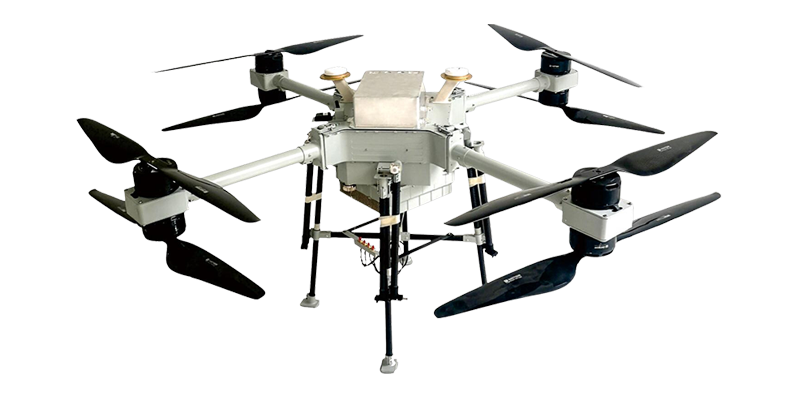

The drone industry has rapidly evolved, offering various types of Unmanned Aerial Vehicles (UAVs) for different applications. Among the most popular designs are Fixed-Wing, Multirotor, and VTOL drones. Each has its strengths and weaknesses, making them suitable for different tasks.
This article compares VTOL drones vs. fixed-wing & multirotor UAVs, examining their advantages, limitations, and best use cases.
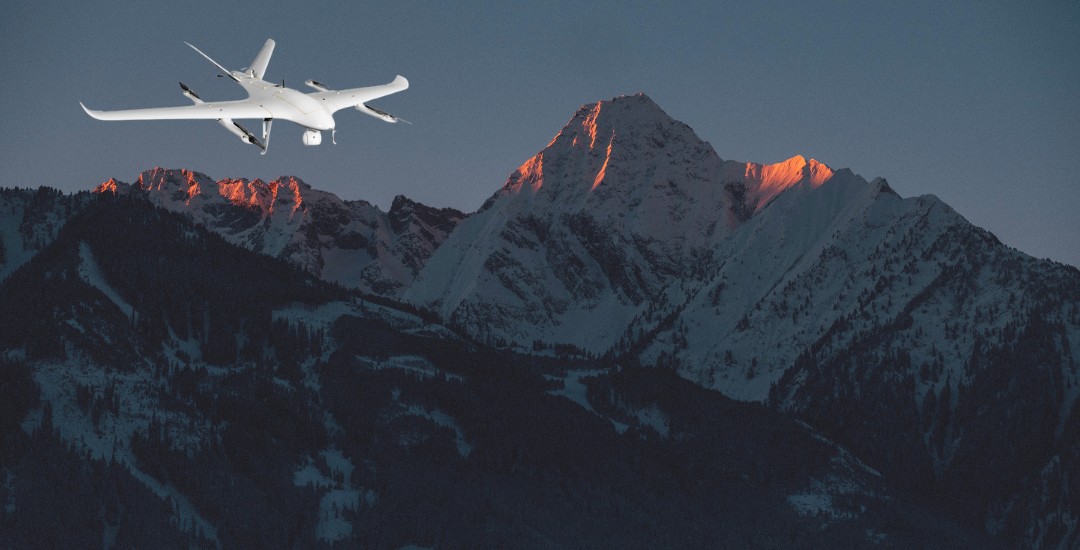
1. What Are VTOL Drones?
Definition & Features
VTOL drones can take off and land vertically like a multirotor but switch to fixed-wing mode for efficient forward flight. This hybrid capability makes them versatile and efficient for long-range missions.
Types of VTOL Drones
- Tiltrotor VTOL – Uses rotors that tilt between vertical and horizontal flight.
- Tail-sitter VTOL – The entire drone tilts forward for flight.
- Hybrid VTOL – Combines dedicated lift motors for takeoff with forward propulsion.
2. Fixed-Wing Drones: Pros & Cons
Pros of Fixed-Wing Drones
✅ Longer Flight Time – Efficient aerodynamics allow for extended endurance.
✅ Greater Coverage – Ideal for mapping, surveying, and large-scale monitoring.
✅ Higher Speeds – Faster than multirotors, making them great for delivery and reconnaissance.
Cons of Fixed-Wing Drones
❌ Require Runways – Needs a launch and landing area.
❌ Limited Hover Capability – Cannot hover in place like multirotors.
❌ Complex Control – Requires skilled piloting for takeoff and landing.
3. Multirotor Drones: Pros & Cons
Pros of Multirotor Drones
✅ Easy to Use – Simple takeoff and landing, great for beginners.
✅ Hovering Capability – Ideal for inspection, photography, and precision tasks.
✅ Maneuverability – Can navigate tight spaces and fly in urban areas.
Cons of Multirotor Drones
❌ Short Flight Time – Batteries drain quickly due to high energy consumption.
❌ Limited Range – Less efficient for long-distance missions.
❌ Lower Speeds – Not ideal for high-speed applications.
4. VTOL Drones: Pros & Cons
Pros of VTOL Drones
✅ Best of Both Worlds – Combines fixed-wing efficiency with multirotor flexibility.
✅ No Runway Needed – Vertical takeoff/landing enables operation in tight spaces.
✅ Longer Range than Multirotors – More efficient for surveillance, mapping, and logistics.
Cons of VTOL Drones
❌ More Expensive – Higher costs due to complex design.
❌ Increased Mechanical Complexity – More moving parts mean higher maintenance needs.
❌ Requires Advanced Control Systems – More challenging to operate compared to fixed-wing or multirotors.
5. Use Cases: Which Drone is Best for You?
6. Conclusion: Choosing the Right Drone
When comparing VTOL drones vs. fixed-wing & multirotor UAVs, the best choice depends on your needs:
- Choose Multirotor if you need stability, hovering, and easy operation.
- Choose Fixed-Wing if you need long endurance and high-speed flight.
- Choose VTOL if you need versatility, range, and runway-free takeoff.
As drone technology advances, VTOL UAVs are becoming more popular due to their hybrid advantages. However, cost and complexity remain key factors in decision-making.
FAQs
1. Why are VTOL drones better than fixed-wing drones?
VTOL drones don't need a runway and can hover, making them more flexible than traditional fixed-wing UAVs.
2. What are the disadvantages of VTOL drones?
They are more expensive, complex to maintain, and require advanced piloting skills.
3. Are multirotor drones cheaper than VTOL drones?
Yes, multirotors are generally cheaper and easier to operate but have shorter flight times.
4. Can fixed-wing drones hover like VTOLs?
No, fixed-wing drones cannot hover; they need constant forward motion to stay in the air.
5. What industries benefit the most from VTOL drones?
VTOL drones are ideal for mapping, surveying, agriculture, delivery, and military applications.
6. What is the flight time difference between fixed-wing, multirotor, and VTOL drones?
- Fixed-Wing: Up to 6+ hours (depending on fuel/electricity).
- VTOL: 1-3 hours, depending on the model.
- Multirotor: Typically 20-45 minutes per battery charge.
By understanding the pros and cons of VTOL, fixed-wing, and multirotor drones, you can make an informed decision based on your requirements.
SHARE:
Send a Message
RECENT POSTS
Get in Touch
Please use the form below to get in touch.
If you need a reply we will get in touch as soon as possible.

